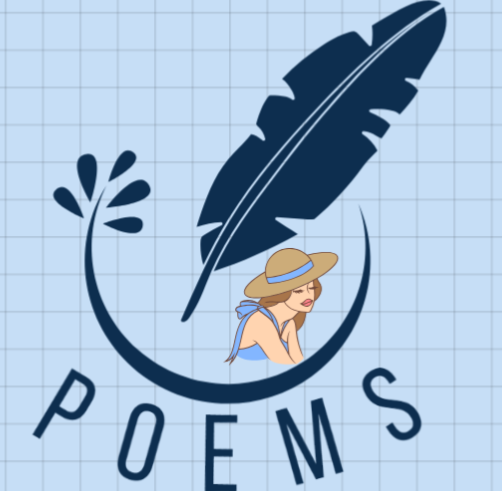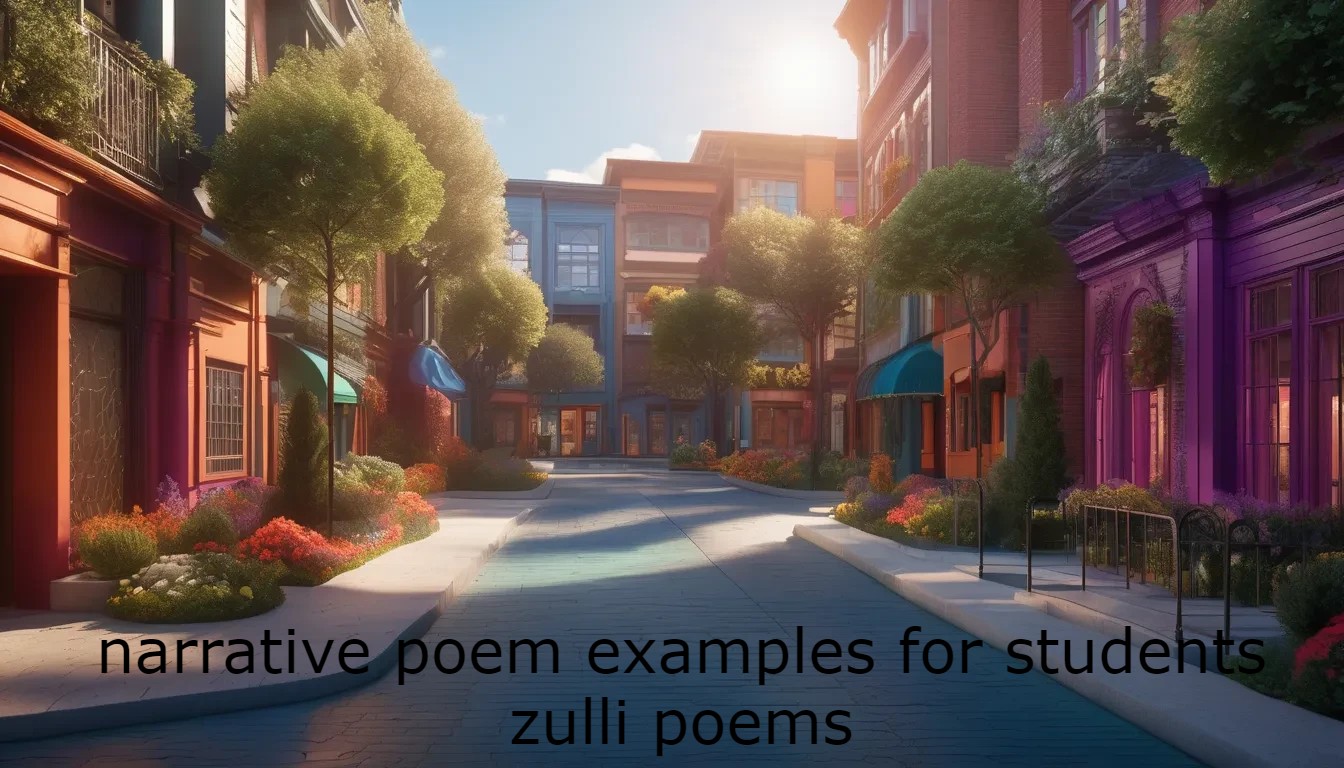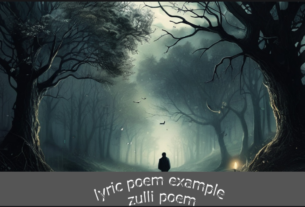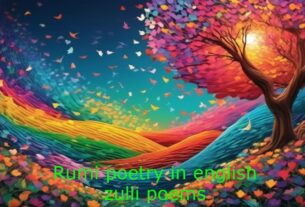Narrative poems have a special charm. They’re a way to weave stories using rhythm and rhyme, enticing students with tales of adventure and emotion. These poems paint vivid pictures with words, making them intriguing tools in education. They’re not just about embracing rhythm – narrative poems help boost imagination and enhance storytelling skills. Let’s explore some exciting examples and learn how to write them!
What is a Narrative Poem?
Narrative poetry is like telling a story with rhythm and rhyme. Think of it as a novel or short story expressed through verse. It has characters, a plot, and a setting, captivating readers through its storytelling format. Unlike other forms that might focus solely on emotion or ideas, narrative poems have a clear sequence and storyline.
For further understanding, explore more on narrative poems.
Classic Examples of Narrative Poems
Some narrative poems have stood the test of time, resonating with generations of readers. Let’s look at a few classics suitable for students.
The Rime of the Ancient Mariner by Samuel Taylor Coleridge

This classic is a journey on the high seas, exploring themes of nature, superstition, and redemption. The mariner’s tale is thrilling, filled with supernatural elements and moral lessons that keep readers hooked. It’s a voyage where students can connect with timeless themes and captivating storytelling.
Cinderella by Roald Dahl
Roald Dahl’s retelling of Cinderella isn’t your typical fairy tale. It’s witty, filled with modern twists that make it relatable for young readers. This version brings humor and Dahl’s unique sense of whimsy, making it a fun and engaging read.
Annabel Lee by Edgar Allan Poe
Poe’s “Annabel Lee” wades into the sea of love and loss. With its haunting melody and vivid imagery, this poem delves into deep emotional waters. Its storytelling techniques and emotional depth create a connection with students, showcasing romance interlaced with tragedy.
Modern Narrative Poems for Students
Even in contemporary times, narrative poems continue to resonate with youth, often reflecting the world seen through younger eyes.
Dreams by Langston Hughes
Langston Hughes brings aspirations and hopes to life through his short yet powerful narrative. “Dreams” is all about motivating readers to hold onto ambition and desire. Its simplicity combines with a strong message, making it a meaningful piece for young minds.
The Cremation of Sam McGee by Robert Service
This humorous poem is a student favorite, filled with quirky storytelling and a touch of the macabre. It’s set in the icy North and brings to life a tale of friendship and promises kept, all while keeping students entertained with its rhythmic charm.
How to Write a Narrative Poem
Want to try writing your own? Narrative poems allow creativity to flow. Here’s how to get started:
Choosing a Theme
Start by picking a subject that resonates with you. What captivates your imagination or stirs your heart? Maybe it’s adventures with friends or trials and triumphs.
Creating Characters and Plot
Every story needs characters. Who’s taking you on this journey? What challenges do they face? Outline your plot, keeping the structure simple and engaging.
Explore more on writing narrative poetry.
Benefits of Reading Narrative Poems
Narrative poems are more than words on paper. They enhance literacy, spark creativity, and build critical thinking. These rhythmic stories encourage students to read more, think deeply, and write creatively. Imagine the worlds created when you both read and write such enchanting tales
Related How to Write a Diction Poem: Tips and Examples
Conclusion
Narrative poems are treasures in the classroom and beyond. They engage, educate, and entertain, offering new perspectives and sparking curiosity. Encourage students to explore these poems, to write their own, and to discover stories hidden within the verses. Let the rhythm of narrative poetry lead you into a world of imagination and learning.




